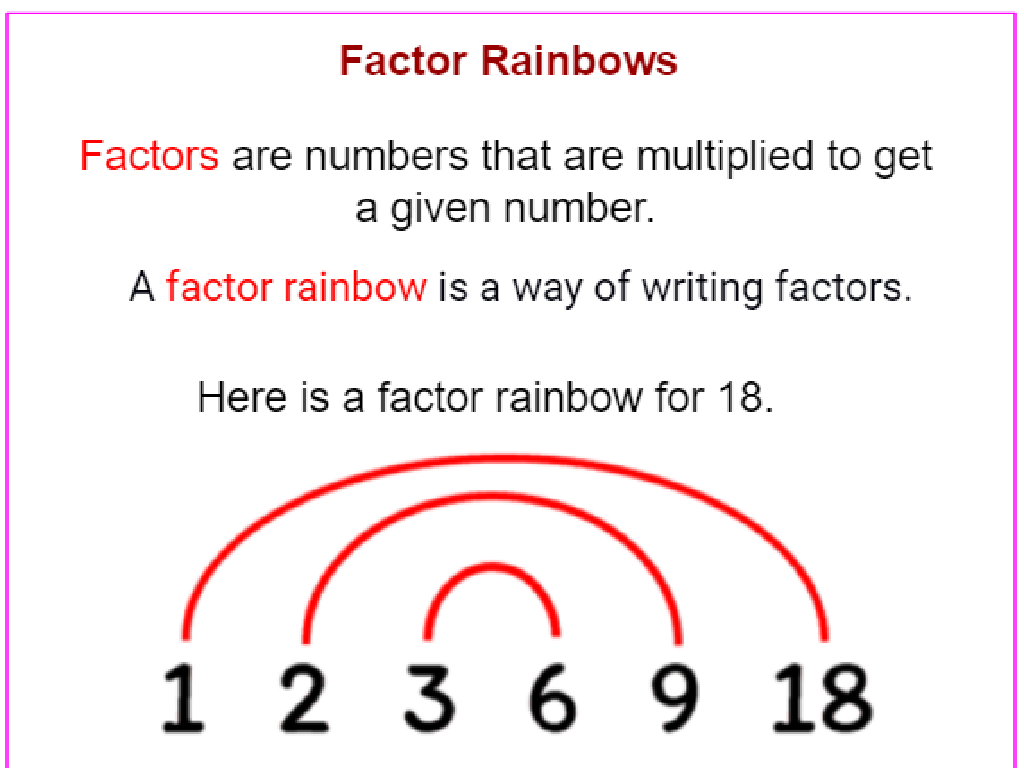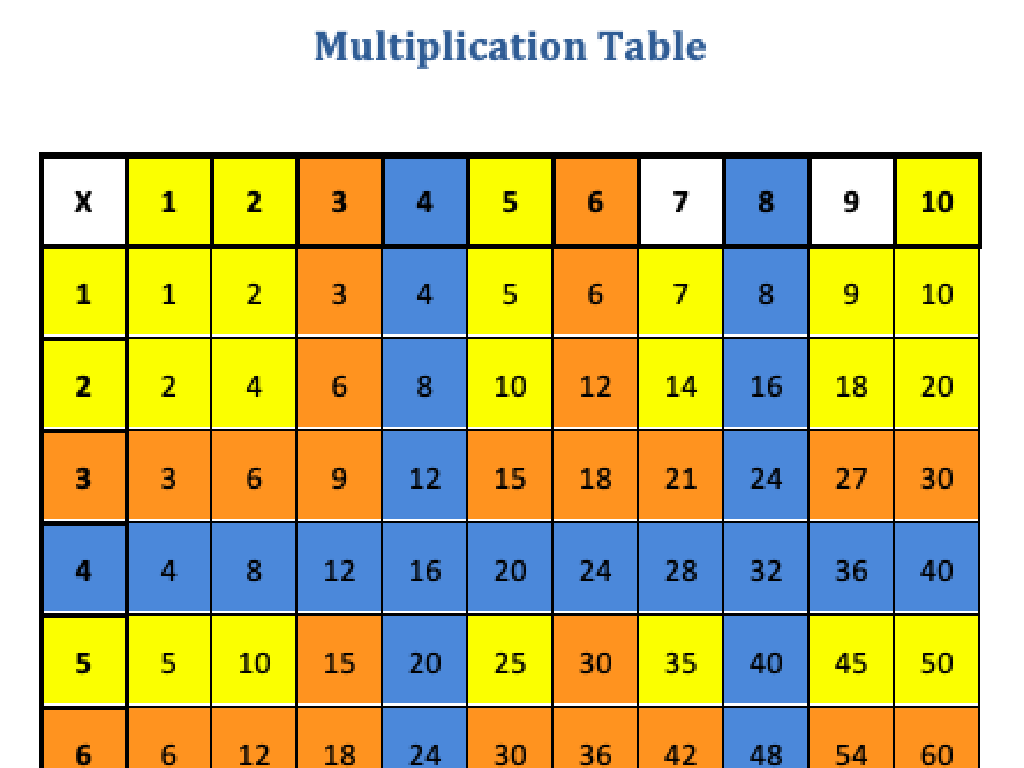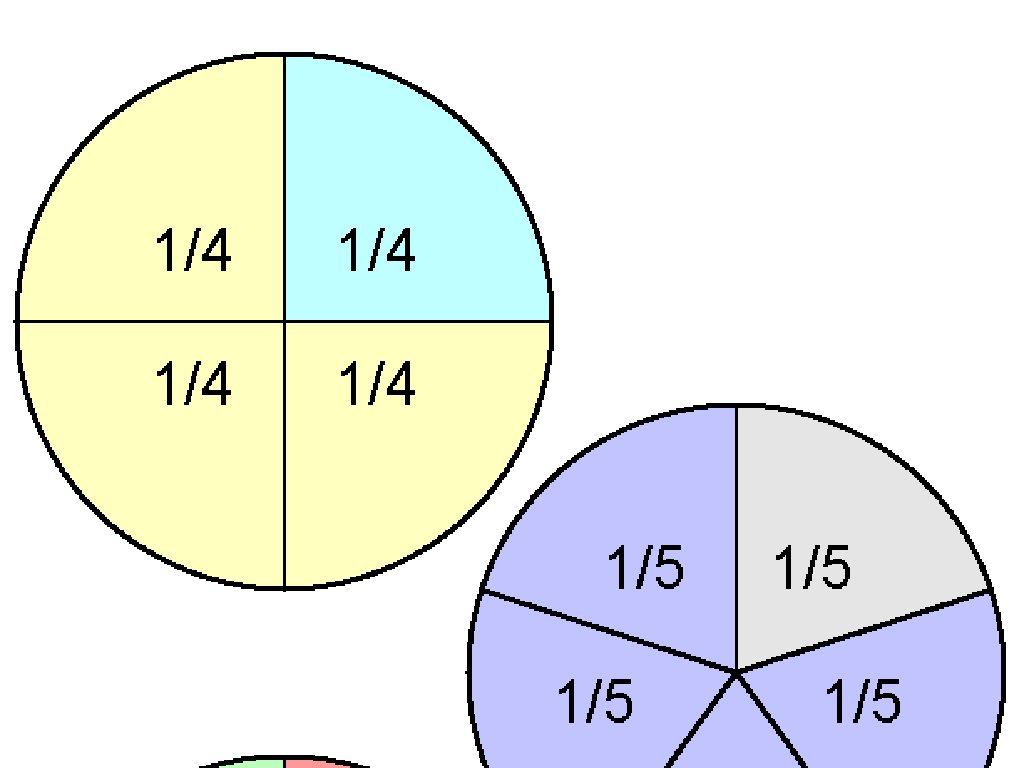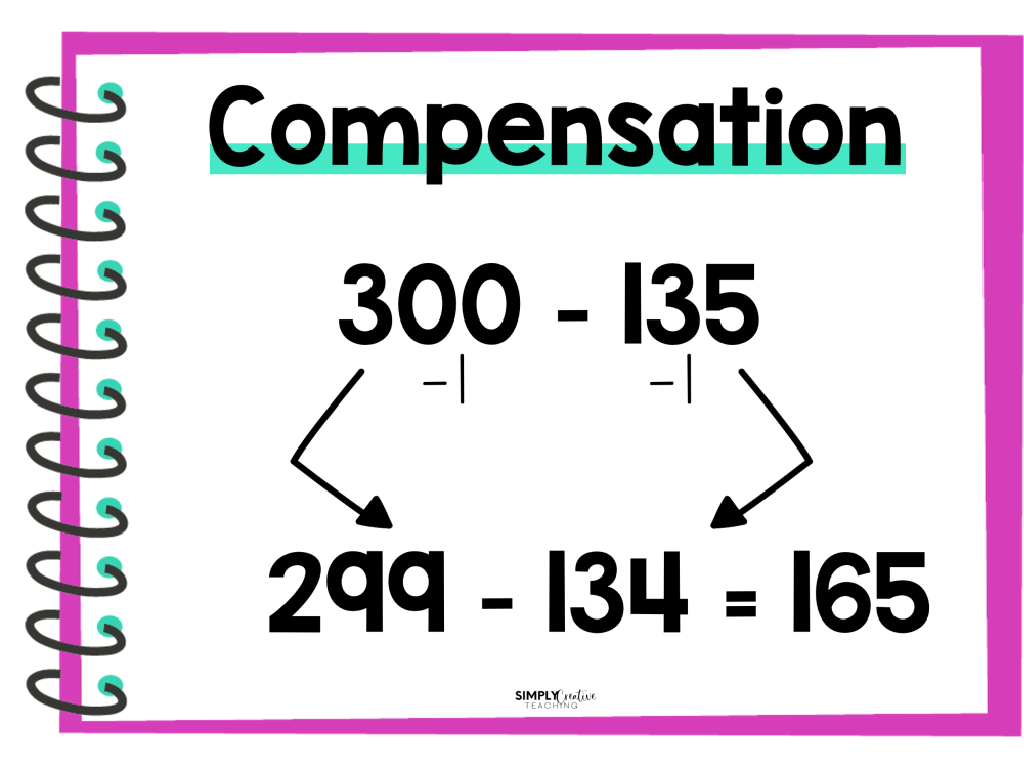Order Fractions
Subject: Math
Grade: Fourth grade
Topic: Compare And Order Fractions
Please LOG IN to download the presentation. Access is available to registered users only.
View More Content
Ordering Fractions: Organizing Parts of a Whole
– Understanding fractions basics
– Fractions represent parts of a whole, like a slice of pizza.
– Reviewing our fraction knowledge
– We’ve learned about numerators and denominators.
– Learning to compare fractions
– Comparing fractions helps us see which is bigger or smaller.
– How to order fractions step by step
– We’ll use number lines and compare numerators and denominators.
|
Begin with a brief review of what fractions are and the terms numerator and denominator. Recap the key points from previous lessons, ensuring that students recall how to identify and write fractions. Introduce today’s objective: learning to compare and order fractions, which is a crucial skill in understanding math concepts. Explain that comparing fractions helps us understand their relative sizes, and ordering them is like arranging them from smallest to largest. Use visual aids like number lines and pie charts to help students visualize the concept. Provide examples and practice exercises to reinforce the lesson.
Understanding Fractions
– A fraction represents a part
– of a whole, like a slice of pizza
– Top and bottom numbers
– Numerator (top) is the part, Denominator (bottom) is the whole
– Fractions are everywhere
– like pieces of fruit, slices of cake
– Practice with real examples
– Use objects like pizza or pie to visualize fractions
|
Begin the lesson by defining a fraction as a way to represent a part of a whole or a set. Explain the terms numerator and denominator, ensuring students understand that the numerator represents the number of equal parts being considered, while the denominator represents the total number of equal parts that make up the whole. Provide relatable examples such as slices of pizza or pieces of fruit to illustrate fractions in everyday life. Encourage students to think of their own examples and use hands-on activities with real objects to practice identifying and creating fractions.
Comparing Fractions
– Understanding larger or smaller fractions
– Compare fractions by looking at numerators when denominators are the same
– ‘Same denominator’ comparison method
– Make denominators the same, then compare numerators
– Practice with like denominators
– Find fractions with the same bottom number to see which is bigger or smaller
– Visual aids for comparison
|
This slide introduces students to the concept of comparing fractions. Start by explaining that fractions represent parts of a whole and that we can determine the size of fractions relative to each other. When fractions have the same denominator, it’s easy to compare them by looking at the numerators the larger the numerator, the larger the fraction. Teach students how to compare fractions with different denominators by finding a common denominator, then comparing the numerators. Provide plenty of practice examples with like denominators to solidify their understanding. Use visual aids like fraction bars or circles to help students visualize the fractions and their sizes. Encourage students to explain their reasoning when comparing fractions to develop their mathematical communication skills.
Ordering Fractions
– Understanding fraction order
– To order fractions means to arrange them from least to greatest or vice versa.
– Steps to arrange fractions
– 1. Find a common denominator 2. Compare numerators 3. Arrange in order
– Common denominators method
– Use the same bottom number for all fractions to compare them easily.
– Practice ordering fractions
|
When we talk about ordering fractions, we’re looking at how to line them up from the smallest to the largest. It’s like lining up kids by height! To do this, we can use common denominators, which is like giving everyone the same type of shoes to make it fair. Once we have common denominators, we just look at the numerators (the top numbers) to see which is smaller or larger. For example, if we have 1/4 and 2/4, we know that 1/4 is smaller because 1 is less than 2. Let’s practice this by finding common denominators and ordering some fractions together. Remember, it’s like solving a puzzle each piece has its place!
Using Benchmarks to Order Fractions
– Understand benchmark fractions
– Benchmarks are common fractions we use to compare others, like 0, 1/2, and 1.
– Using 0, 1/2, and 1 to compare
– If a fraction is less than 1/2, it’s closer to 0. If it’s more than 1/2, it’s closer to 1.
– Estimate to order fractions
– Guess which is larger or smaller by comparing to 0, 1/2, and 1.
– Practice with examples
– Let’s try ordering 3/8, 4/5, and 1/2 using benchmarks.
|
This slide introduces the concept of benchmark fractions, which are fractions that are commonly used as reference points when comparing and ordering other fractions. The benchmarks 0, 1/2, and 1 are particularly useful because they represent the whole, the half, and none of the quantity. Teach students how to estimate the size of a fraction by determining whether it is closer to 0, 1/2, or 1, and then use this estimation to compare and order the fractions. Provide several examples for the students to practice this skill, and encourage them to explain their reasoning during the process. This will help solidify their understanding of the concept and improve their ability to work with fractions.
Ordering Fractions with Different Denominators
– Find a common denominator
– A common denominator is a shared multiple of the original denominators.
– Rewrite fractions with common denominator
– Change fractions to have the same bottom number so they’re easy to compare.
– Order fractions with new denominators
– Once fractions have the same denominator, compare numerators to order them.
|
This slide introduces the concept of ordering fractions by finding a common denominator. Start by explaining that a common denominator is necessary to compare fractions effectively. Show how to find the least common multiple (LCM) of the denominators to get a common denominator. Then, demonstrate how to rewrite each fraction so that they all have this common denominator. Emphasize that the numerators may change, but the value of the fractions remains the same. Finally, guide students through the process of ordering the fractions by looking at the numerators, since the denominators are now the same. Use examples with small numbers to illustrate the process clearly and provide practice problems for students to try on their own.
Class Activity: Fraction Line-up Game
– Let’s play ‘Fraction Line-up’!
– Work in groups with fraction cards
– Each group gets cards with different fractions
– Order your set of fractions
– Arrange cards from smallest to largest
– Share your ordered fractions
– Explain your order to the class
|
This interactive class activity is designed to help students understand the concept of ordering fractions. Divide the class into small groups and provide each group with a set of fraction cards. Students will work together to arrange these cards in order from the smallest to the largest fraction. This will encourage teamwork and discussion among students as they decide on the correct order. Once completed, each group will present their ordered fractions to the class and explain the reasoning behind their arrangement. For the teacher: Prepare sets of fraction cards before the class, ensure each set has a variety of fractions to challenge the students, and consider preparing different sets for different groups to cater to varying levels of understanding.
Wrapping Up: Ordering Fractions
– Review today’s key lessons
– Remember how to compare fractions with different numerators and denominators.
– Homework: Practice worksheet
– Complete the worksheet to order fractions from smallest to largest.
– Next topic: Add & Subtract Fractions
– Keep practicing at home!
– Try ordering fractions with your family for fun!
|
As we conclude today’s lesson on ordering fractions, it’s important to recap the main points, such as finding a common denominator and comparing numerators. For homework, students are assigned a worksheet that will reinforce their skills in ordering fractions. This practice is crucial for their understanding and will prepare them for the next lesson on adding and subtracting fractions. Encourage students to practice these skills outside of the classroom as well, perhaps by involving family members in a fun ordering game. The more they practice, the more confident they will become in their abilities.





